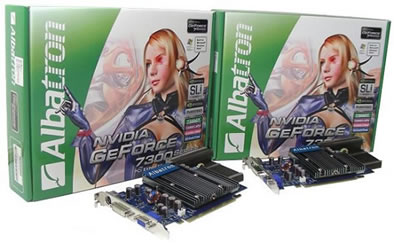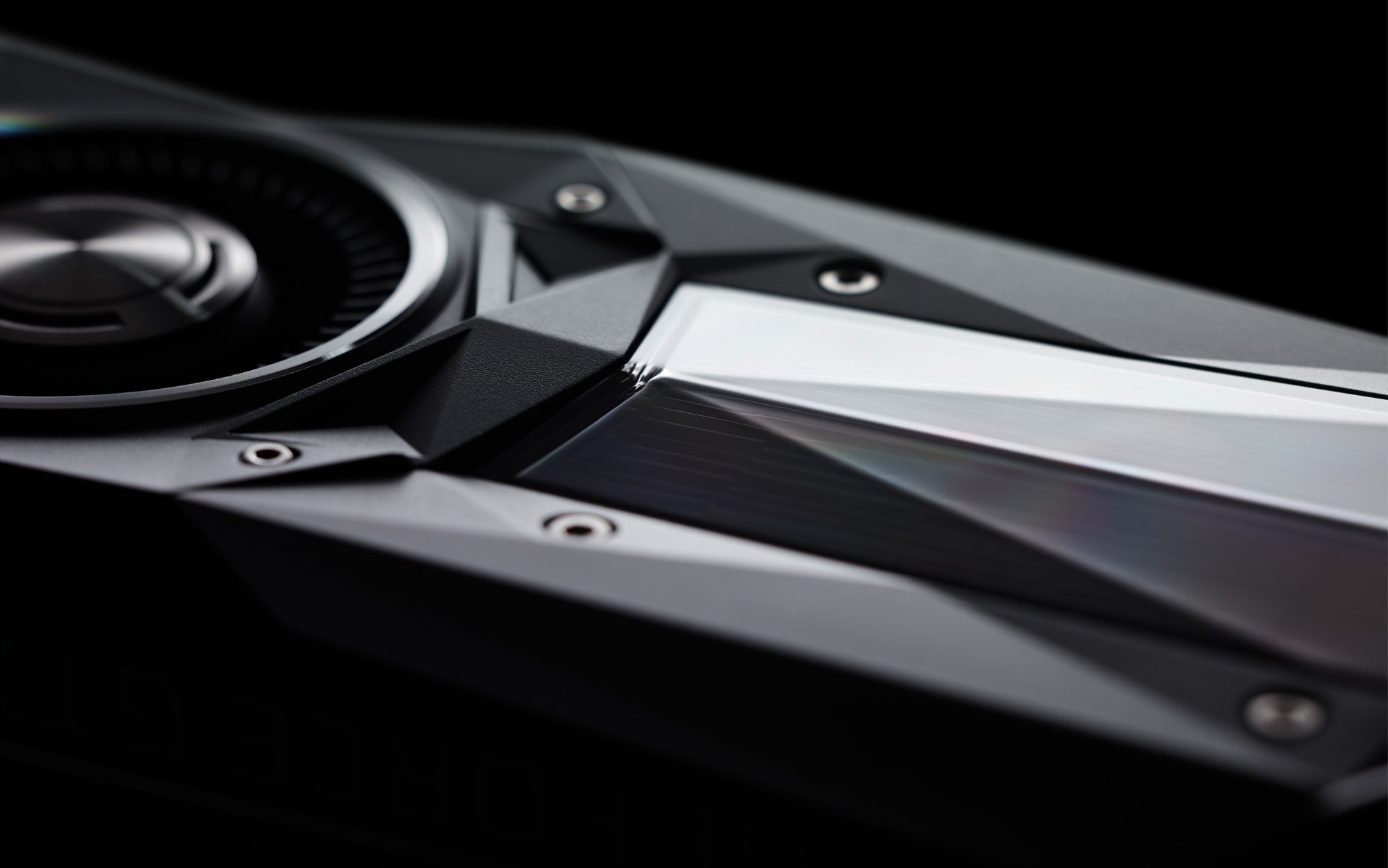Recently I heard a rumor that ATI will ship their next generation graphics cards without a reference cooler. Initially this struck me as being a little odd, but then the more I thought about it, the more sense it made. The majority of graphics cards out there are uninspiring and few manufacturers really come up with a decent "unique" cooling solution.
For example, when the GeForce 7600GT cards were first released, I found myself with half a dozen graphics cards that looked almost identical in every way. Not one manufacturer went with anything other than the plain and boring reference cooling solution, which I might add was extremely noisy. Making matters worse, almost all of them were built on the same plain old green PCB.
 |
This was extremely disappointing as the GeForce 7600GT was set to be the number one choice for affordable gaming. Of course, now there is a little bit of diversity in the 7600GT range as big name manufacturers such as ASUS and Gigabyte are onto their second or third revision. So basically, the reason why we initially see such a huge range of generic graphics cards is because the race is on to deliver the product as soon as possible, at the best price. The strategy makes sense, but at times I wonder if the quick sales are worth tarnishing the reputation of a manufacturer such as ASUS.
The GeForce 7300GT on the other hand did not get the attention of the 7600GT upon launch and there did not seem to be such a rush to get this product to the masses. As a result, it has been far more joyful testing these cheaper low-end graphics cards, as each and every one seems to be a little different. For example, Gigabyte went with a basic heatpipe design and MSI used a large black heatsink with a copper pipe at the base to help evenly distribute the heat. However, it was Albatron that impressed me the most, with their very serious heatsink design that does bare a remarkable resemblance to that of ASUS' Silent coolers.
 |
 |
 |
 |
In fact, Albatron has created a nice little GeForce 7300GT option focusing purely on the graphics card itself. Rather than including several poor quality games, Albatron offers nothing more than the NVIDIA drivers suite which has allowed them to budget for a "better" graphics card.
The end result is an impressive-looking passive heatsink that keeps the GPU core and memory cool at all times. Not only has Albatron made their 7300GT completely silent using a high-quality passive cooler, but by doing so has allowed for a 50MHz core and a 133MHz memory clock increase. This factory overclock will boost the Albatron 7300GT's performance by at least 30% in most cases over a standard 7300GT.
This is important because at default NVIDIA specifications the 8 pixel pipeline GeForce 7300GT is very slow. However given such an overclock, performance can be boosted dramatically. We have seen a 475MHz core/900MHz memory 7300GT outperforming a GeForce 7600GS with ease.
But then, there is still the question, should you purchase two GeForce 7300GT cards to overclock and run them in SLI? The cost of two 7300GT cards or a single 7600GT is roughly the same, and the performance is close. Let's consult the performance results in the next few pages before we draw any conclusions...
